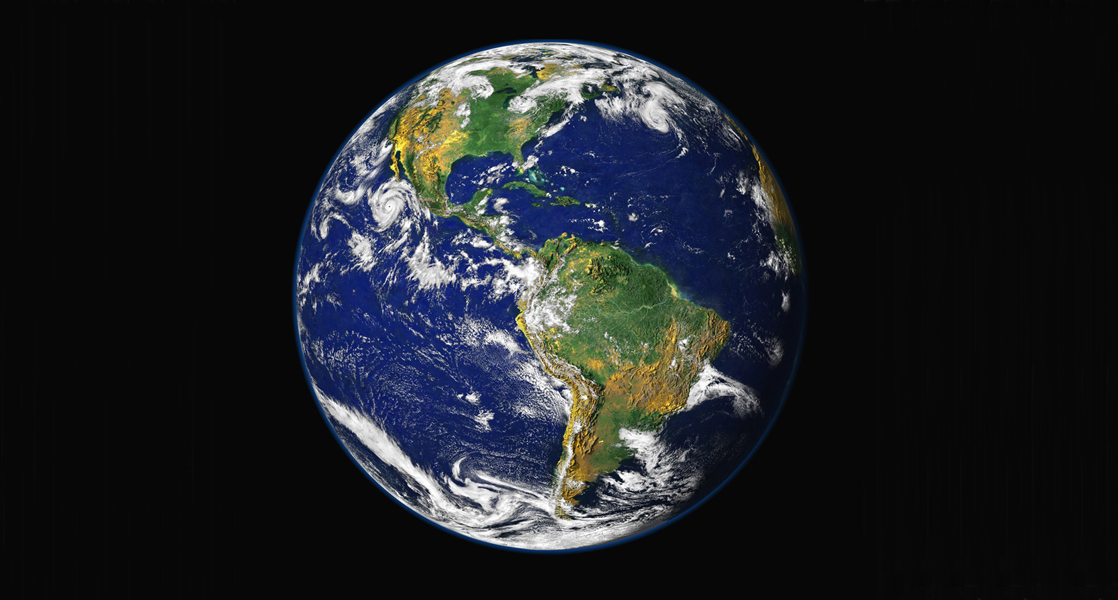
|

1.1 The study of life Read Online

Viewed from space, Earth offers no clues about the diversity of life forms that reside there. The first forms of life on Earth are thought to have been microorganisms that existed for billions of years in the ocean before plants and animals appeared. The mammals, birds, and flowers so familiar to us are all relatively recent, originating 130 to 200 million years ago. Humans have inhabited this planet for only the last 2.5 million years, and only in the last 200,000 years have humans started looking like we do today.
In BIO101, you were introduced to biology on a microscopic scale when you learned about the functions of molecules, genes, and cells. In this course, you will learn about biological changes that happen on a very large scale, across entire populations of organisms and over the course of millions of years, in the form of evolution and ecology. Evolution, the process by which different species of organisms have developed and diversified from their evolutionary forbears, has been a central theme in the field of biology ever since Darwin first published his theories about it. Mounting evidence from many different branches of science all point to the fact that species have experienced a gradual but definite physical change. In this course, we will learn about evolution and theories that stem from evolution.